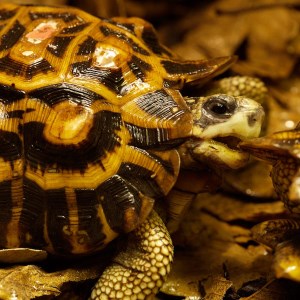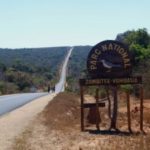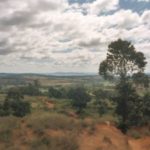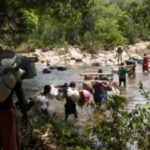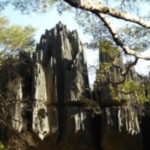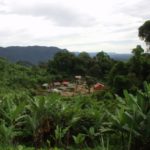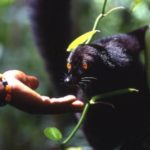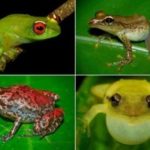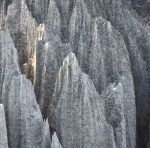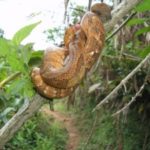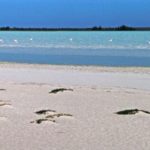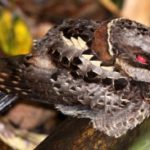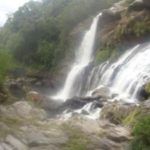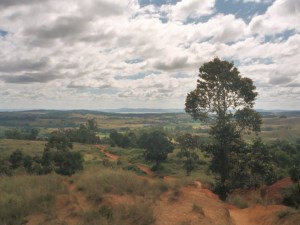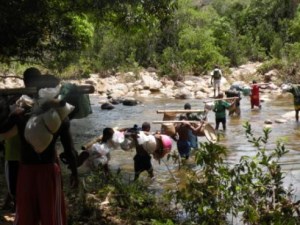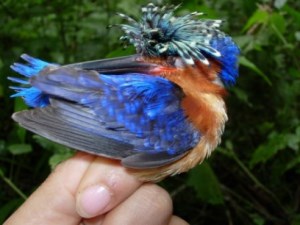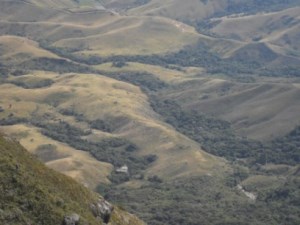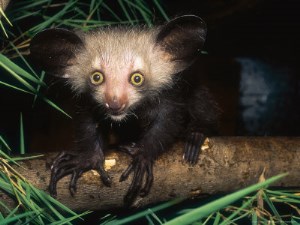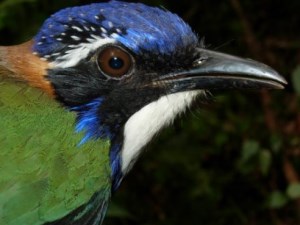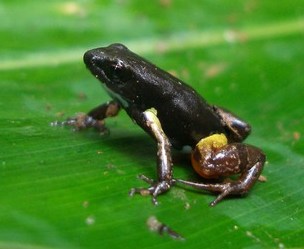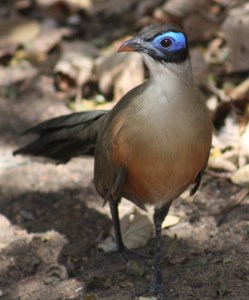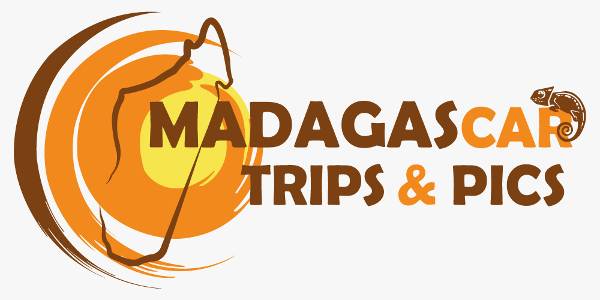Bora
In the western part of Madagascar about 35 kilometers from Antsohihy, lies with a Size of about 50 square kilometers the Bora Special Reserve. Degraded secondary forest, savanna and dry deciduous forest form the most common vegetation types in Bora. The exceptionally flat terrainwhich is only now and then broken by some hills of volcanic origin, represents in a certain way a kind of transition zoneThe dry savannah of the western region is combined with dry forests and some humid areas of the eastern region. Two strongly opposed seasonsWhile it is warm and humid during the rainy season, which lasts from November to April, it dries out during the cooler Dry season between May and October many rivers in the region. If you want to visit Bora, you can reach the reserve from the villages of Antsohiny, Bealanana or Befandriana by car on a rather bad road. In the park itself it is possible to camp, but there are no further accommodation possibilities. If you plan to spend your Camp directly in the reserve you have to bring all the necessary utensils yourself. Alternatively, we can recommend one of the local hotels near Bora as a place to stay. The different species that meet in the reserve and the partly very different ecosystems provide a varied and diverse habitat for numerous creatures. It is therefore not by chance that alone six species of lemurs, six species of rodents and 48 different species of birds can be observed in this area. In addition, there are crocodiles, turtles and chameleons. The flora in Bora is also very diverse and includes around 300 different plant speciesthat have been identified so far.
However, as in many reserves in Madagascar, the various ecosystems in Bora Danger from outside. For one thing, in many places more economically profitable plants are being used, which are gradually displacing native vegetation. Moreover, slash-and-burn agriculture is both in the area around the reserve as well as in some parts of the reserve itself is still the order of the day. The land thus freed up is by no means only used for agriculture or rice cultivation. Especially the zebu herds need a lot of space for grazing and threaten the fauna and flora in Bora accordingly. As a further point, unfortunately, it is also noted again and again that numerous animals fall victim to poachers, which target the meat of mammals and also reptiles. Bora as a special reserve therefore requires special protection so that the stunning biodiversity can still be preserved in this reserve for as long as possible.

